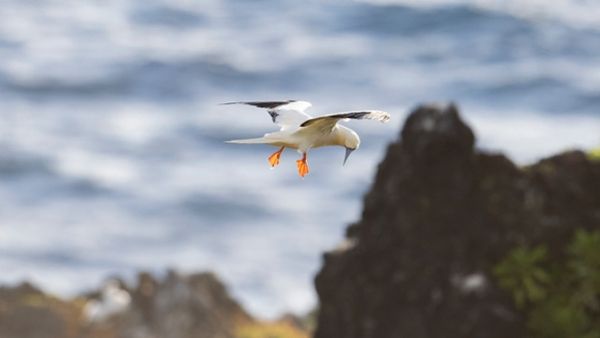Best management practices (BMPs) for solar installations to protect Hawaiʻi’s native and endangered birds, have been released by the University of Hawaiʻi Pacific Cooperative Studies Unit. The new technical report synthesizes current literature on the threats posed by industrial-scale solar installations to birds, identifies the species most at risk from solar infrastructure, lists the locations of current and future solar facilities, and describes specific strategies to limit negative impacts on Hawaiian bird life.
“As the state moves to meet its goal of 100% clean energy by 2045, it is vital that green energy sources do not negatively harm the state’s already imperiled birdlife,” said UH Mānoa School of Life Sciences Professor David Duffy, who is also the report’s co-author.
Three seabirds and five waterbirds have been identified as the threatened or endangered species most likely to interact with solar facilities and the ones most at risk of being harmed—along with 32 species of migratory waterbirds and shorebirds, and the pueo (Hawaiian short-eared owl). The report’s vulnerability matrix includes information about the local and global population status of different species and lists considerations for reducing impacts at existing and new facilities.
Continue reading at University of Hawaiʻi
Image via University of Hawaiʻi


